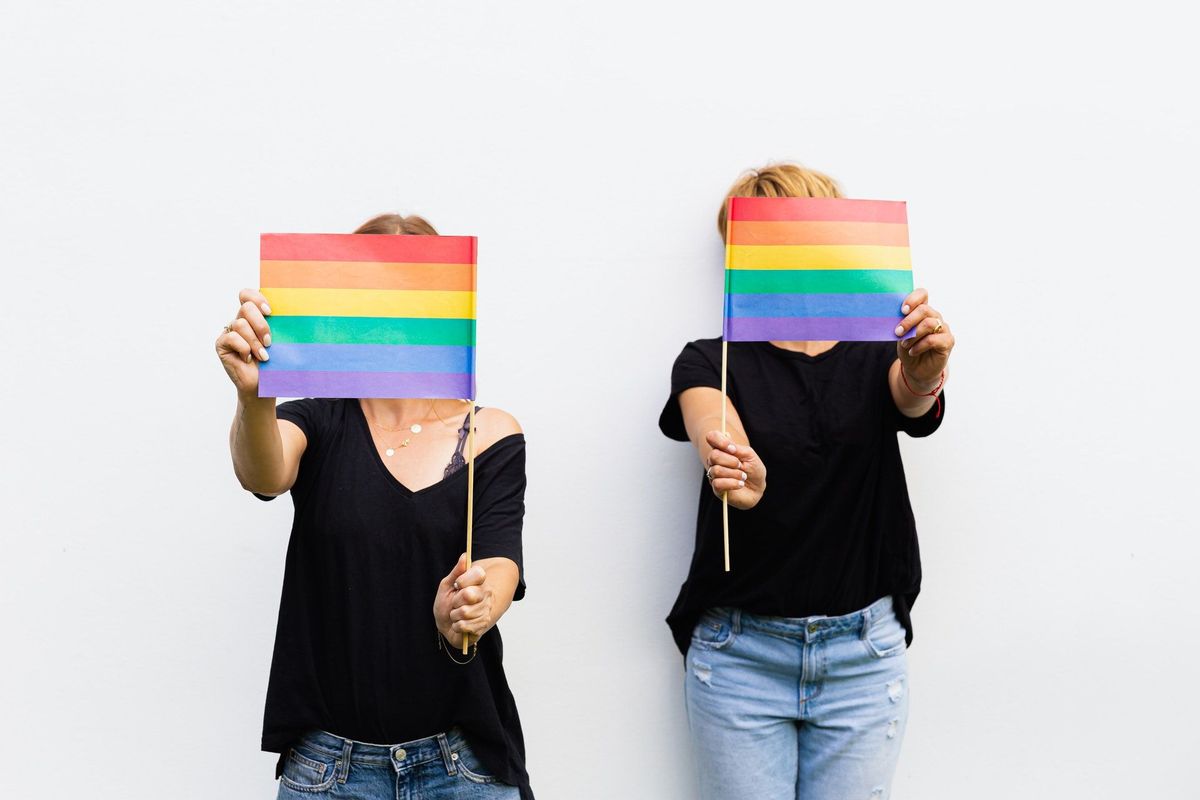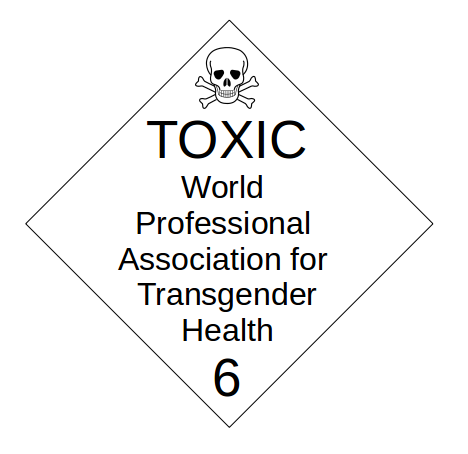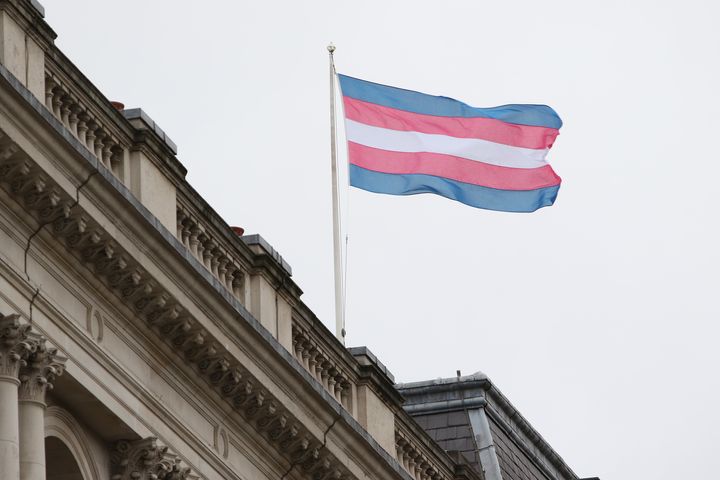How the ‘Inclusive Queer’ Excludes and Erases Lesbians
Men know what a 'lesbian' is when they search for porn, though

In the midst of great political and social upheaval, professions and organizations are trying to change to meet the times. In the field of publishing, this has taken the form of a push for more “inclusive language.” Inclusive language is “language that avoids the use of certain expressions or words that might be considered to exclude particular groups of people.” Inclusivity isn’t an inherently dangerous concept but it’s not always appropriate. Appropriate inclusivity, like acknowledging black women in the Black Lives Matter movement, is an important responsibility to the field of publishing. It is essential that history is published without bias or prejudice, including documenting all people present and affected by particular events.
However, the push towards “inclusive language” in publishing has, at times, been detrimental. Umbrella terms, like the slur “queer,” are now used in place of specific, more nuanced, terms that reflect individual members’ reality, like the term “lesbian.” If the lesbian experience isn’t being steamrolled by fetishistic, pornographic perceptions, then lesbianism itself is replaced with the term “queer” on platforms like Buzzfeed, where writers and editors are urged to be “inclusive” above all else.
Who is this helping?
The “queering” of all non-heterosexual people (and, sometimes even heterosexual people if they are gender-nonconforming) as a monolith in the name of “inclusivity,” as if every member feels comfortable with reclaiming the slur in the first place, discredits the nuance in diversity. It’s not inherently bad for lesbians to reclaim “queer” for themselves, however, “queering” all non-hetero people as an umbrella erases lesbianism, a sexual orientation already policed under patriarchy.
The term “Queer,” in reference to homosexuals, historically meant “abnormal” and “worthless.” In 1513, “queer” was first defined as “strange, odd,” and “peculiar.” Then, in 1567, “queer” became a verb: to “queer something” meant to make something “bad, contemptible, worthless, untrustworthy” and “disreputable.”
Both meanings contribute to the word’s connotations and why many lesbians resist it—the term has been used to label homosexuals not only strange, but contemptible. Until very recently, “queer” didn’t mean the quirky and cool type of strange respected in avant-garde fashion or art; the slur queer is rooted in sheer degradation. It is no wonder why many older lesbian, gay, and bisexual people do not reclaim “queer.” Up until 1973, homosexuality was still considered a curable psychiatric problem in the Diagnostic and Statistical Manual of Mental Disorders 2. Homosexuals being labelled “queer” – the abnormal, sickening, and contemptible type of strange—is not viewed as cause for celebration to many LGB people.
Bonnie Morris writes in her 2016 book, The Disappearing L: Erasure of Lesbian Spaces and Culture states:
“My generation of lesbian activists...are approaching a cultural expiration date...having been permitted to be “out,” many of us are now spending the energy of our menopausal years pushing back against encroaching disappearance; our own invisibility…[we] have been replaced by the more inclusive ‘queer’...Many of our best radical theorists have shifted their professional focus from women’s history to queer studies, and the result is both disappearance and a devaluing of things uniquely lesbian.”
How and when the term “queer” is used, with regards to lesbianism, reflects pre-existing, fetishistic patterns of lesbophobia, which is the “fear or hatred of, or prejudice against, lesbians or lesbianism.”
“Queer” does not replace the word “lesbian” in pornography: the specificity of lesbianism seems only relevant when it’s being fetishised.
In her 1995 article, “‘Bonne excitation, Orgasme Assuré’ The representation of Lesbianism in contemporary French pornography,” Patricia Duncker states, “lesbianism is the dominant fantasy produced for heterosexual men.” The core fantasy to “cure” lesbians with penis exemplifies how the pre-1973 psychiatric diagnosis of homosexuality has not been completely eradicated from cultural beliefs. Furthermore, considering the definition of lesbianism hinges on females naturally sexually rejecting men, the male obsession with lesbians is a rape fantasy that represents rape culture.
According to Pornhub’s ten years of data, released in 2017, “lesbian” was the most searched term on the site.
Morris suggests that lesbianism is always pushed to the margins; influencing lesbians to identify as “queer” is just another way to make lesbianism “expire.” “Queer,” as a catch-all term for anyone who is not straight, erodes the clear boundary of lesbian women—making them more sexually accessible to men. She brings up an important point: how are lesbians supposed to connect with their elders if “queerness” has made the specificity of lesbianism—female homosexuality—redundant in the politically pure quest for “inclusivity?” Porn-viewers have no issue typing the word “lesbian” when looking to jerk off. However, fetishisation is not acceptance, or flattery, it is a form of control.
Buzzfeed contributed to the fetishisation of lesbians by encouraging “queer” people to disclose where they find “lesbian porn” in its 2017 article, “We Asked Queer People Where They Find Lesbian Porn That’s Actually Worth Watching.” The author, Sarah Karlan (whose sexual orientation could not be confirmed and did not reply to a request for comment) surveyed “queer” people “about their queer porn habits.” Yet, as the title suggests, the “queer porn habits” Karlan asked for were specifically “lesbian,” indicating the push towards “inclusivity” isn’t sensitive of lesbophobic fetishism. Karlan prefaces the article by saying:
“Let’s get real -- most NSFW [not safe for work] content featuring queer women out there is not made for queer women...so we also made sure to ask for tips on where to find diverse and authentic queer porn, especially made by and for queer women.”
Karlan is aware that lesbian pornography is made for men, usually by men, which is why she temporarily drops “inclusive language” for “lesbian porn” in the title. Karlan proceeds to use “queer” in reference to lesbianism thereafter; the job is done, the reader knows Karlan is talking about pornified lesbianism, now it’s time to be “inclusive” again. “Queer porn” is not nearly as popular as lesbian pornography. Making lesbian pornography synonymous with the experience of all “queer” people is insensitive and inappropriate because lesbian pornography’s popularity specifically affects lesbian lives. It makes the word ‘lesbian’ automatically dirty and pushes lesbian women to identify as ‘queer’ instead.
Does anyone care that a Utah man, in 2020, raped his wife’s lesbian friend to “fix the gay?” Or are we going to keep pretending that lesbian porn’s popularity, with most of the viewership being heterosexual men, isn’t corrective, when the very nature of lesbianism involves sexually rejecting men? Karlan’s article makes lesbianism “disappear” with the overuse of “queer” instead, exactly as Morris feared. Furthermore, Karlan encourages the readership to create their own “lesbian” pornographic content if they can’t find any “that’s actually worth watching.”
An 18-year-old “queer” person suggests, “search for specifics.” Then, a “60-year-old nonbinary lesbian” says, “if you would like a little bit of realism, searching for the words ‘real lesbian orgasm’…and always skip the films with women with long fingernails.” A “kinky” 20-year-old bisexual woman states “don’t be afraid to watch something out of fear that someone will judge you.”
Inclusivity, when appropriate, is essential in publishing current events accurately and thoughtfully. However, the push towards “inclusive language,” with umbrella terms like “queer” inappropriately being used in reference to all gay, lesbian and bisexual issues, overrides nuance. It makes the group a monolith and erases the specific realities of each sexual orientation. The push towards “inclusive language” in the field of publishing can exclude reality.
Publications erasing lesbianism through “inclusive language,” by calling them “queer” instead, miss an opportunity for true representation of lesbian stories. There is an alienation between contemporary lesbians and their history, culture and lesbian elders—not just “queer” elders—a lack of connection to who we really are, in all its rich and completely normal difference.
Do you want to bring the "gender madness" to an end? Help us write about it! 4W is able to pay our all-female staff and writers thanks to the generous support of our paid monthly subscribers.
Enter your email below to sign in or become a 4W member and join the conversation.
(Already did this? Try refreshing the page!)




Comments